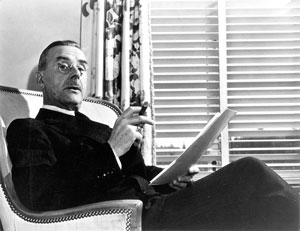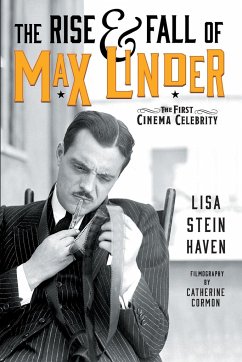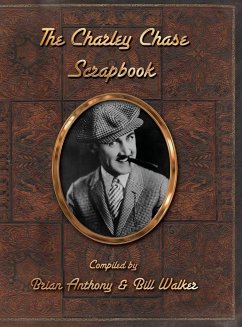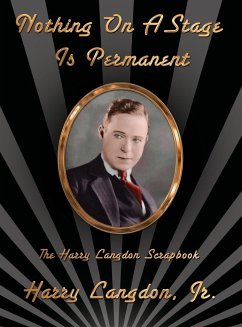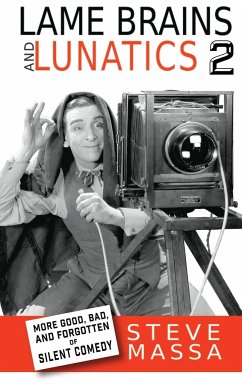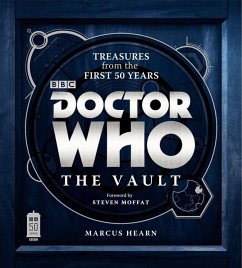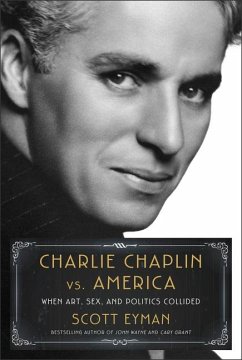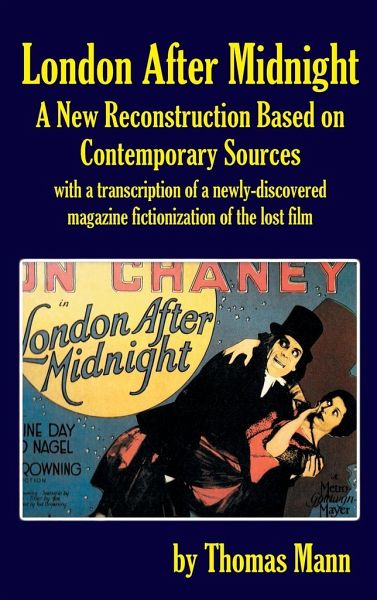
London After Midnight
A New Reconstruction Based on Contemporary Sources (hardback)
Versandkostenfrei!
Versandfertig in 1-2 Wochen
29,99 €
inkl. MwSt.
Weitere Ausgaben:

PAYBACK Punkte
15 °P sammeln!
Tod Browning's silent movie horror film, London After Midnight (1927) starring Lon Chaney, Marceline Day, Conrad Nagel, Henry B. Walthall, and Polly Moran, has intrigued silent movie fans for decades. Now considered a lost film, surviving production stills, a Photoplay Edition novel, scripts, and other memorabilia give some feel for the actual film, but their varying plot gaps, anomalies, and inconsistencies leave viewers wondering how the actual film unfolded . . . until now. Author Thomas Mann offers a fascinating reconstruction based on his transcription of a rediscovered 11,000-word fictio...
Tod Browning's silent movie horror film, London After Midnight (1927) starring Lon Chaney, Marceline Day, Conrad Nagel, Henry B. Walthall, and Polly Moran, has intrigued silent movie fans for decades. Now considered a lost film, surviving production stills, a Photoplay Edition novel, scripts, and other memorabilia give some feel for the actual film, but their varying plot gaps, anomalies, and inconsistencies leave viewers wondering how the actual film unfolded . . . until now. Author Thomas Mann offers a fascinating reconstruction based on his transcription of a rediscovered 11,000-word fictionization first published in Boy's Cinema (1928) that may resolve the conflicts between previous versions. His detailed comparison of all surviving sources sheds new light on the discovery of a second murder victim, a plot element not in the final film; Lon Chaney's two different makeups in playing detective Edward C. Burke; Henry Walthall as Sir James Hamlin holding two guns rather than one in the scene in which his character, under hypnosis, re-enacts a crime. The last known film print is believed to have been destroyed in a 1967 MGM vault fire, but you can now take a front row seat into the haunted mansion filled with vampires, cobwebs, bats, and "The Man of a Thousand Faces." About the author: Thomas Mann is an independent scholar living in Washington, DC. He spent more than three decades as a general reference librarian at the Library of Congress. He is the author of The Oxford Guide to Library Research (Oxford University Press, 2015) and of Horror & Mystery Photoplay Editions and Magazine Fictionizations (McFarland, 2004; vol. II, BearManor Media, 2016).





